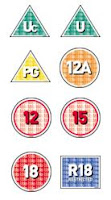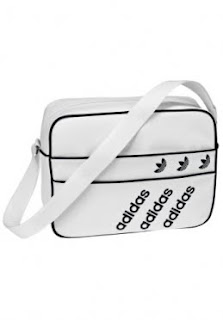
Our target audience is males and females aged 15+, The younger adult audience are generally the people who are likely to enjoy watching thrillers of this sort (due to the ages of the actors involved, they can relate to them to a greater extent). Examples of 15 rated thrillers are: crime (The Fugutive), psychological (Paranormal activity) and Action (The Bourne Series).
The BBFC
The BBFC is the British Board of Film Classification, it is an independent, non-governmental body. It has classified cinema films since it was set up in 1912, and videos since the passing of the Video Recordings Act in 1984. Statutory powers on film remain with the local councils, which may overrule some of Board's decisions, passing films they reject, banning films they have passed, and even waiving cuts, instituting new ones, or altering categories for films exhibited under their own licensing jurisdiction.
In 1984 Parliament passed the Video Recordings Act. This act stated that video recordings offered for sale or hire commercially in the UK must be classified by an authority designated by the Secretary of State. The President and Vice Presidents of the BBFC were so designated, and charged with applying the new test of 'suitability for viewing in the home'. At this point the Board's title was changed to British Board of Film Classification to reflect the fact that classification plays a far larger part in the Board's work than censorship.










































